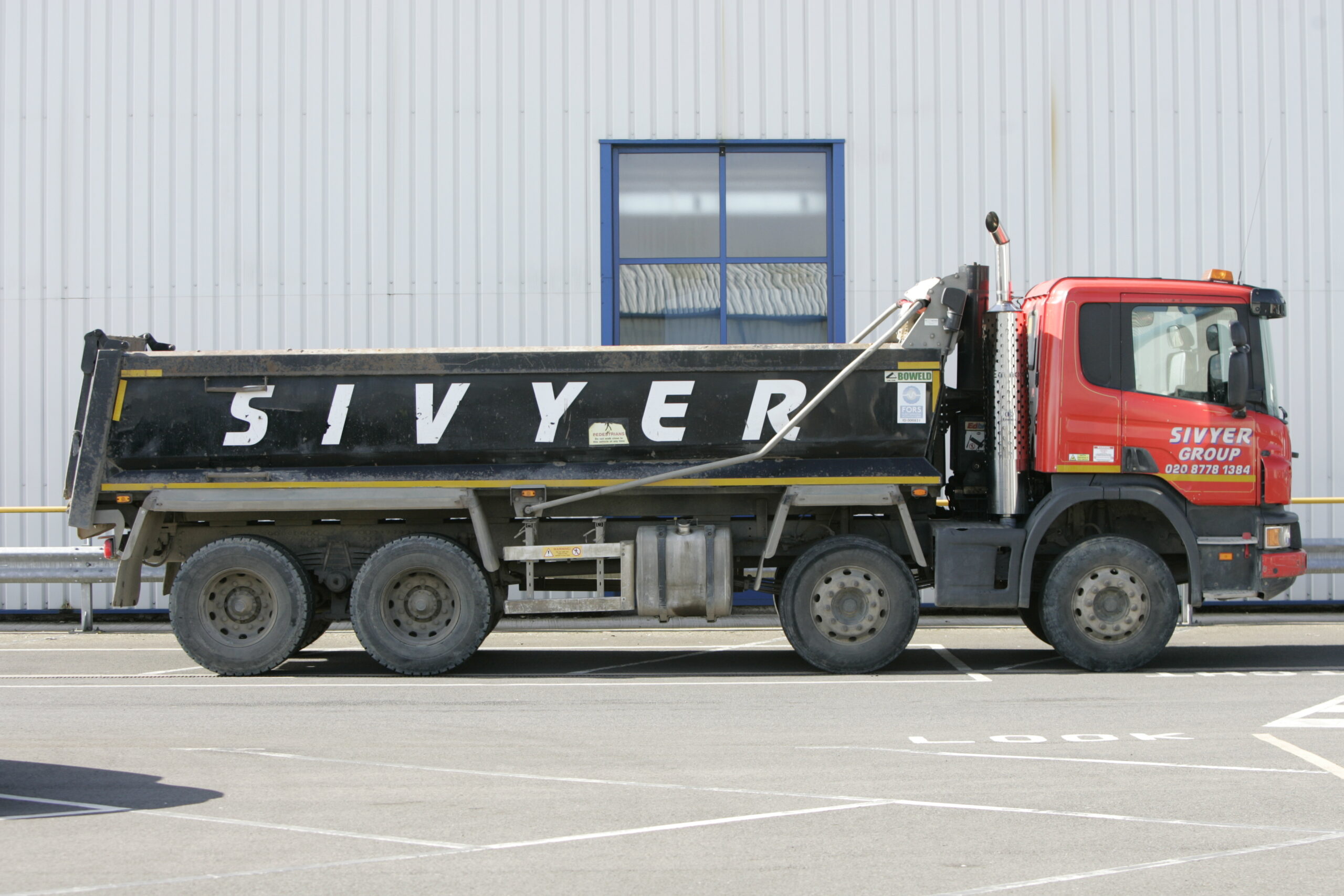The announcement, a short time ago, regarding the injection of £200m of Government funding to launch the world’s largest fleet of zero emission HGVs to the UK roads, is another significant step on the road to net zero for the transport sector.
Announced at Logistics UK’s Future Logistics Conference, Transport Minister Trudy Harrison outlined the details of the proposal which included:
- over £200 million invested to launch world’s largest fleet of zero emission heavy goods vehicles (HGVs), accelerating plans to decarbonise road freight
- plans to eliminate fossil fuels from HGV haulage will help to reduce delivery costs and protect consumers from rising fuel prices in the long term
- new plans support government’s world-leading pledges made at COP26, ensuring all new HGVs sold in the UK will be zero emission by 2040
